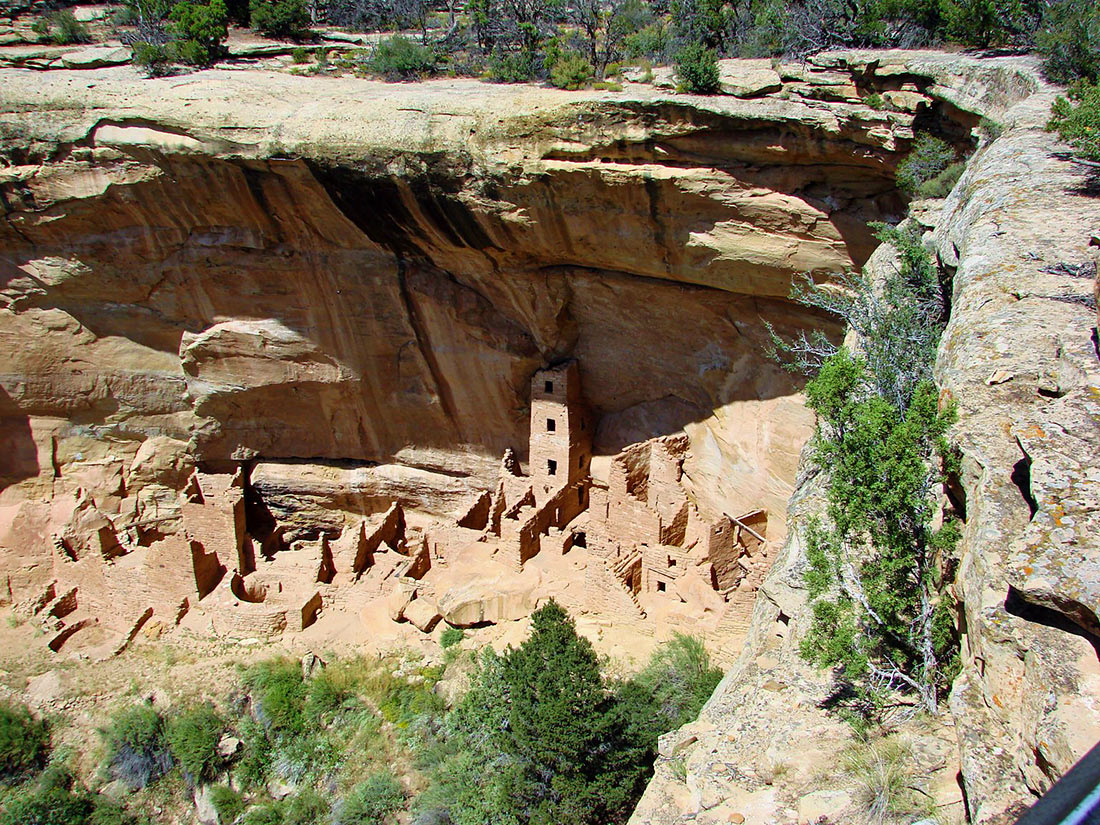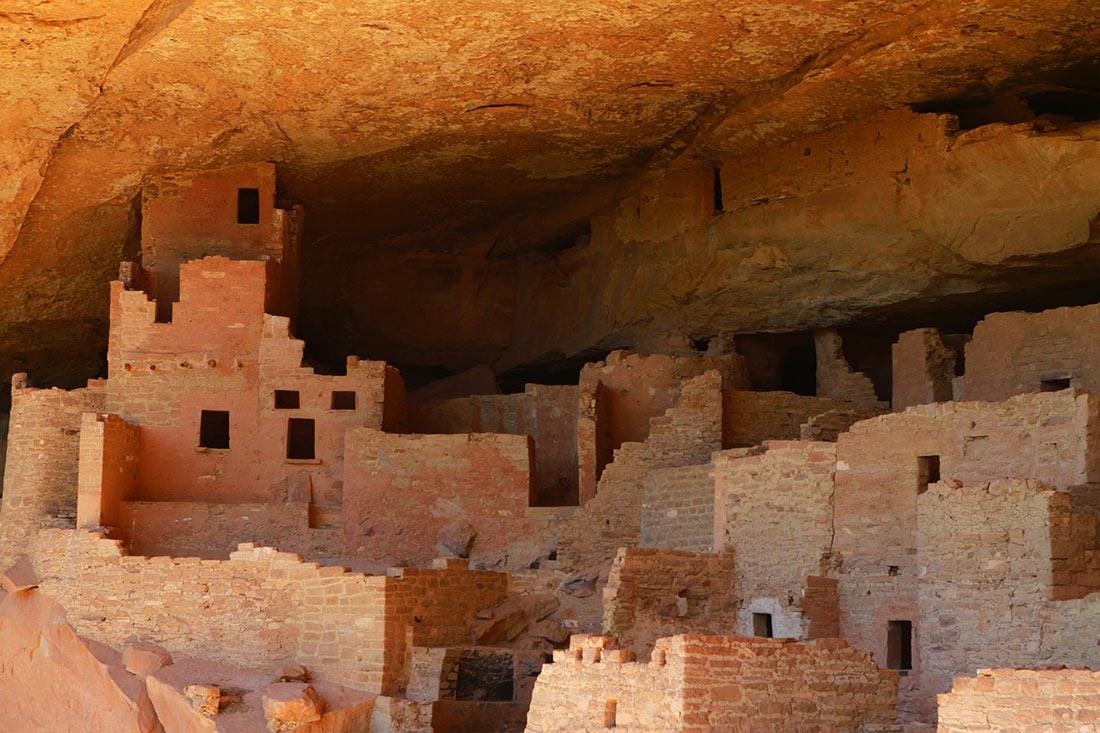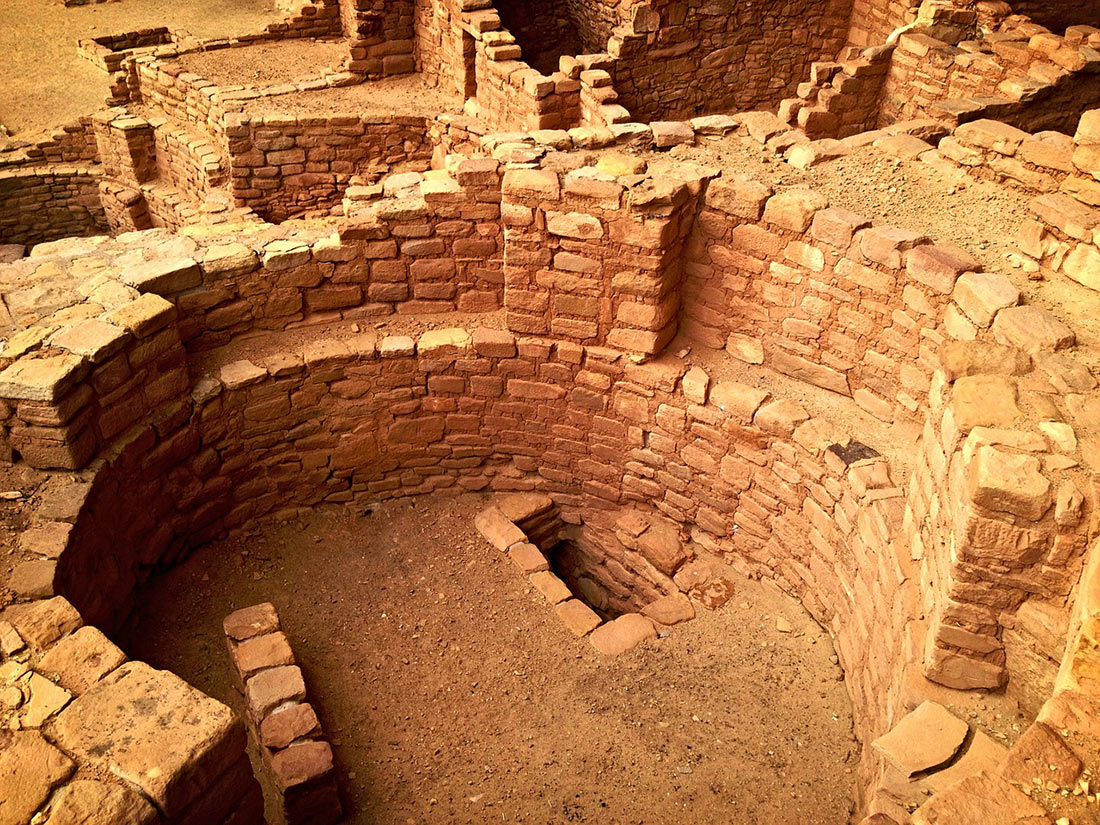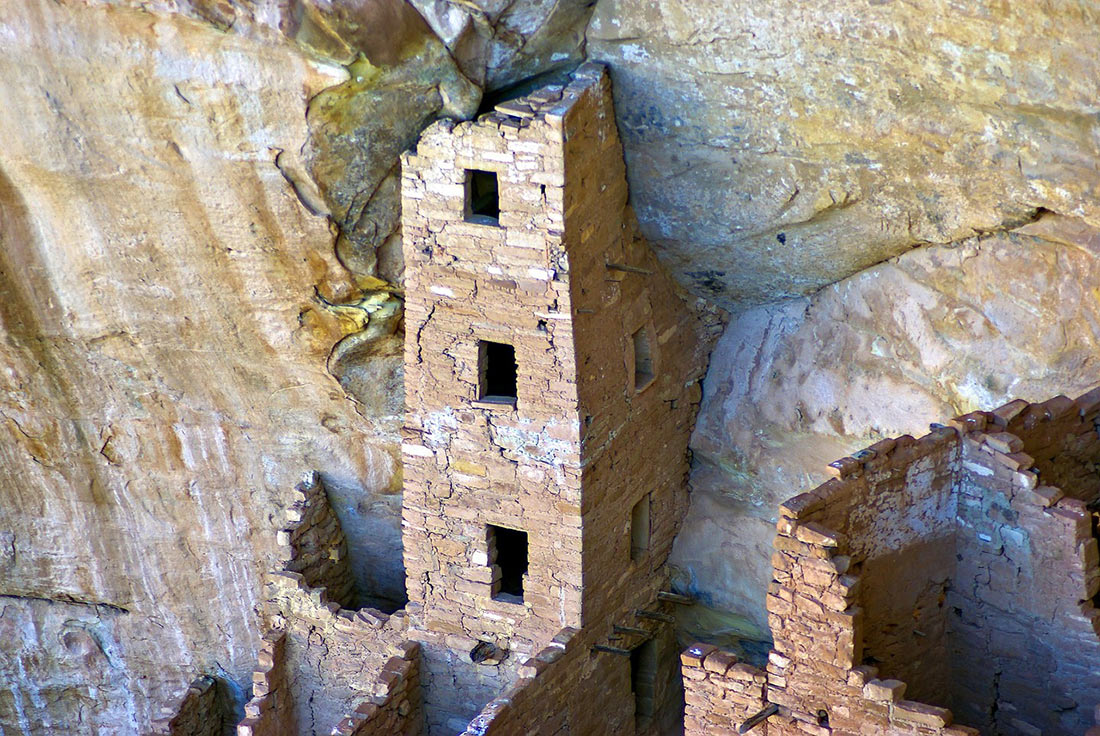Mesa Verde National Park was established in 1906 to preserve the archaeological heritage of the ancestral Pueblo people who lived here for over 700 years, from 600 to 1300 AD. Today, the park protects approximately 5,000 known archaeological sites, including 600 cliff dwellings. This unique site is listed as a UNESCO World Heritage site and is one of the most famous and well-preserved in the United States.
The exceptional archaeological sites, previously referred to as ruins, in the Mesa Verde landscape eloquently testify to the history and ancient cultural traditions of Native Americans. They serve as a tangible link between the past and present ways of life of the Pueblo people in the southwestern United States. The ancestors of the Pueblo people, also known as the Ancestral Puebloans or Anasazi, built these dwellings on the cliffs from the late 12th to early 13th centuries. Additionally, many prehistoric villages and archaeological findings on the mountaintops are associated with the prehistoric past of North America.
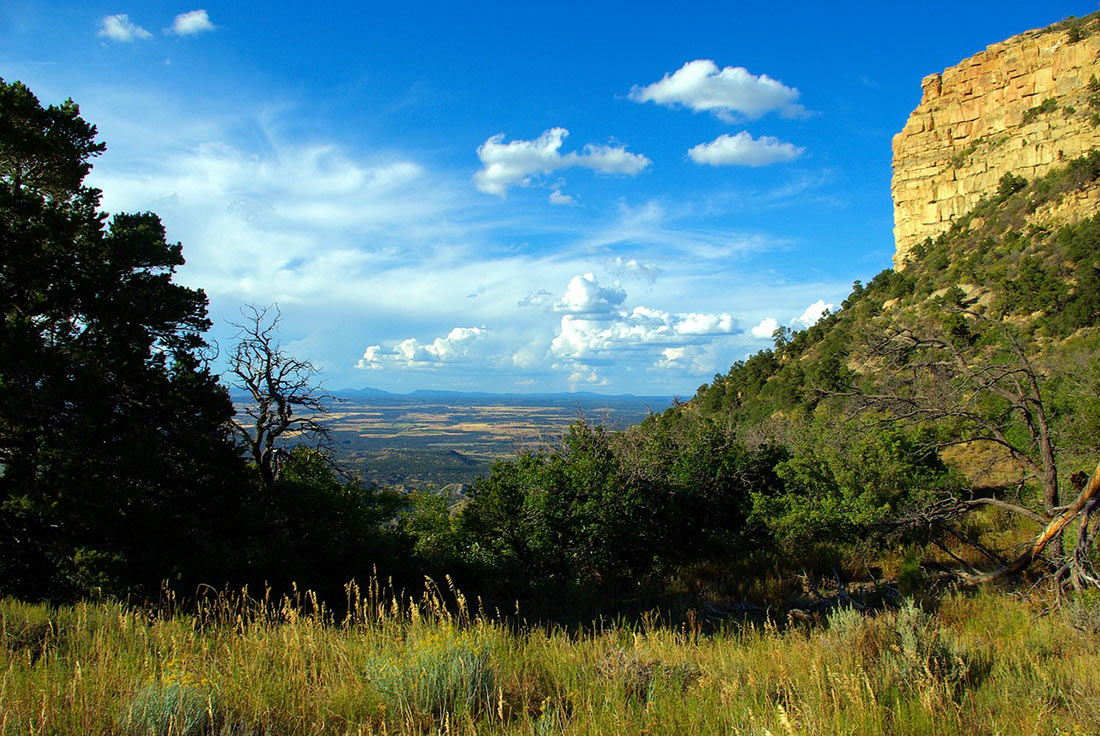
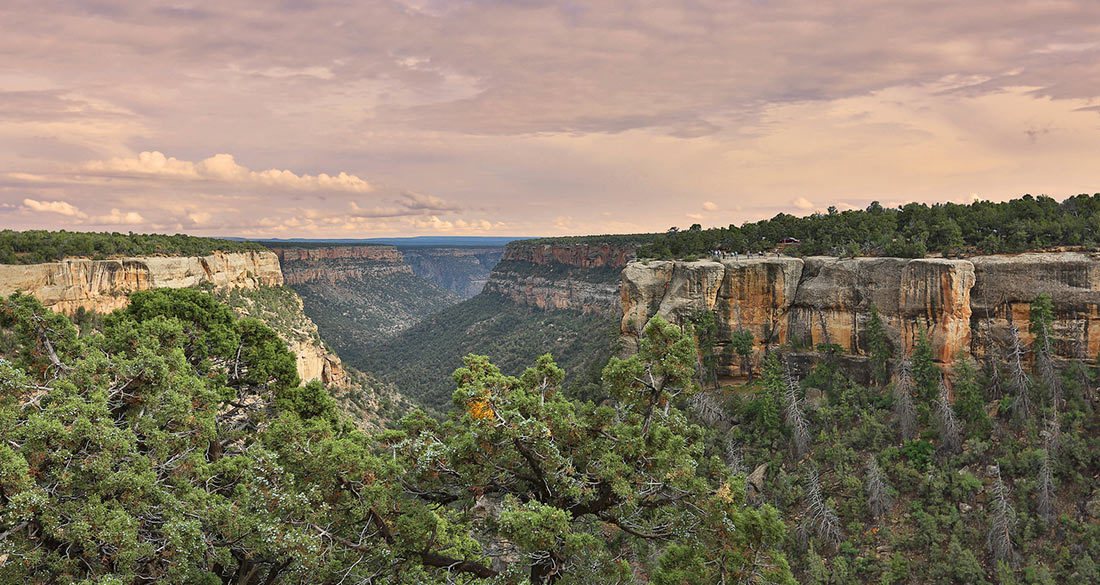
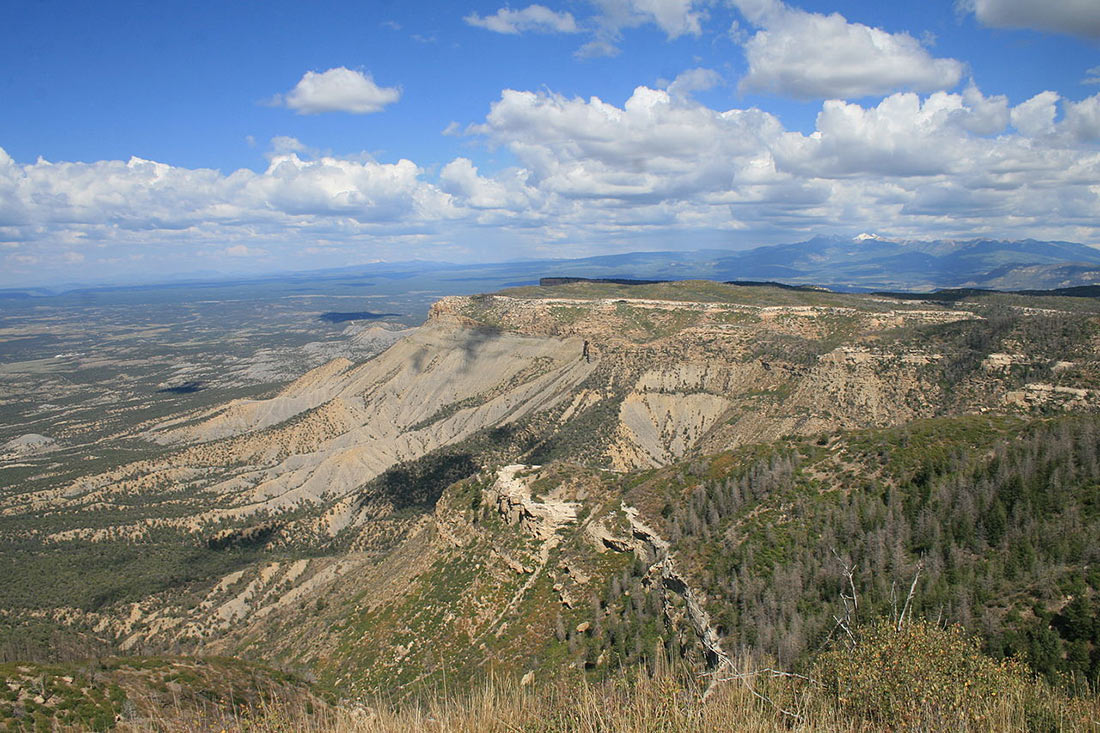
The most famous and intriguing feature of Mesa Verde National Park is the cliff dwellings. Having inhabited the mountaintop for about six centuries, the Pueblo ancestors began constructing structures beneath the overhanging cliffs of Mesa Verde, ranging from single-room storage units to entire villages with over 150 rooms. Decades of excavations and meticulous research work continue to leave many questions unanswered, but they have shown us that the ancient Pueblo people were skilled craftsmen whose abilities and knowledge helped them survive.

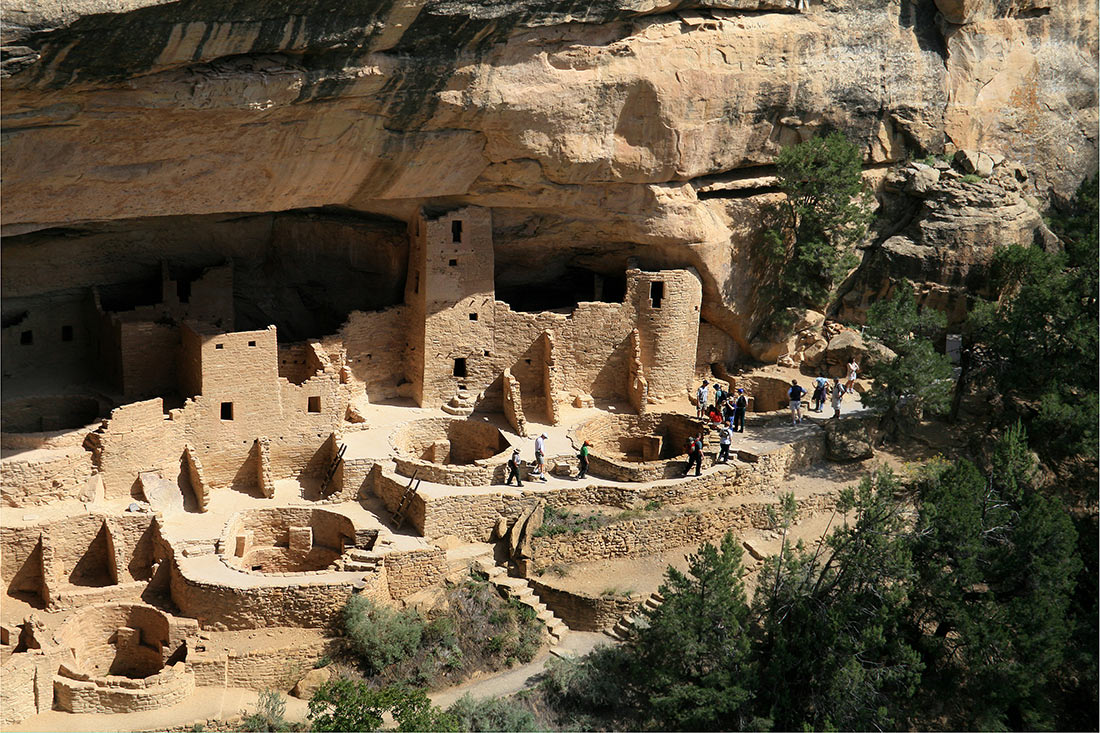
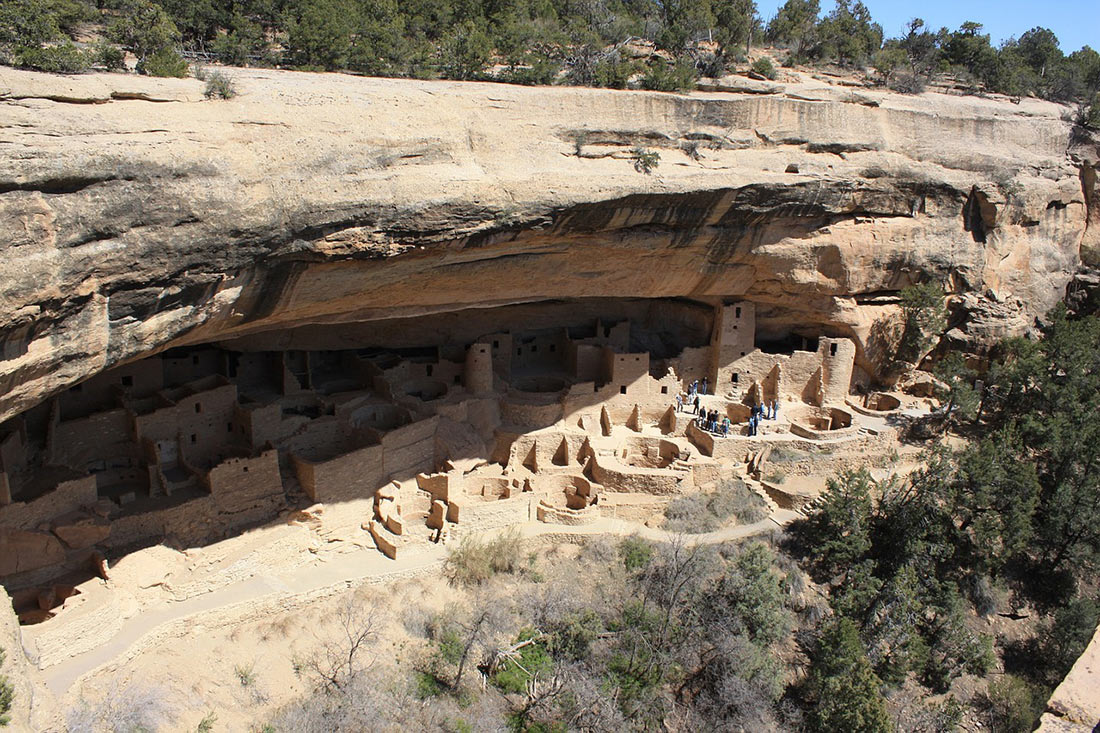
Hunting, wildcrafting, and cultivating agricultural crops such as corn, beans, and squash were the primary occupations of the ancient people.
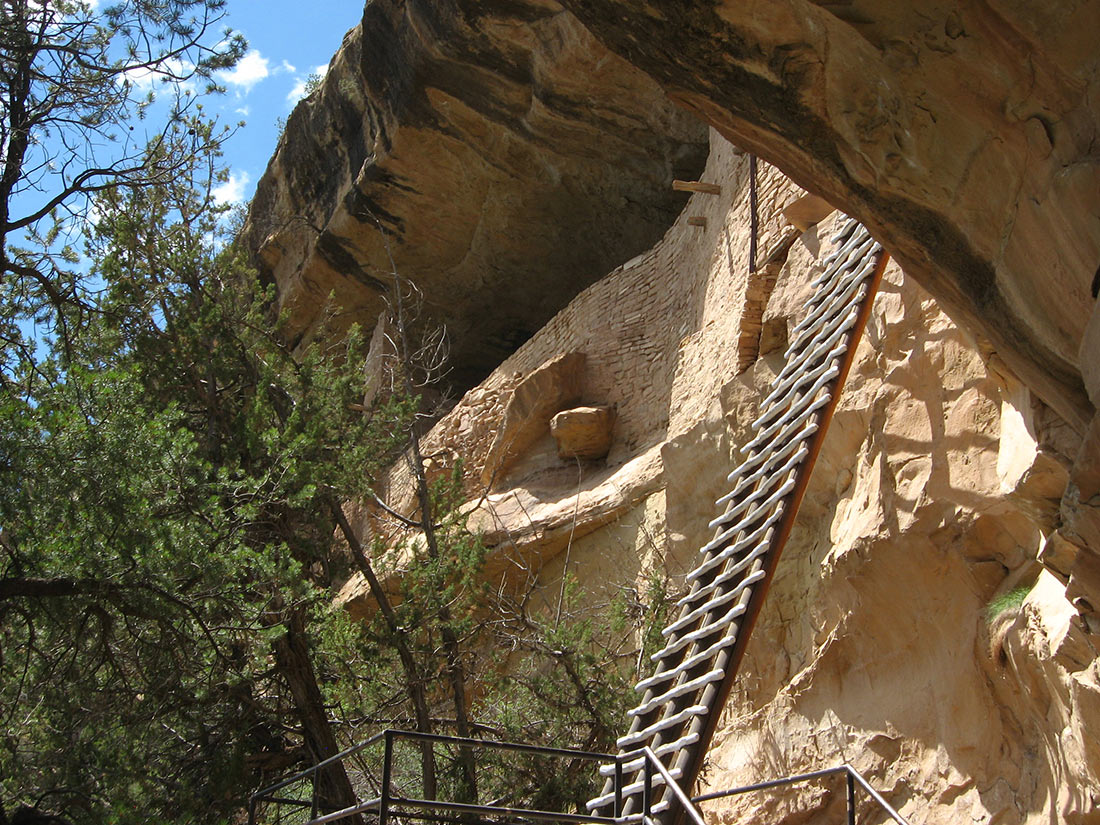
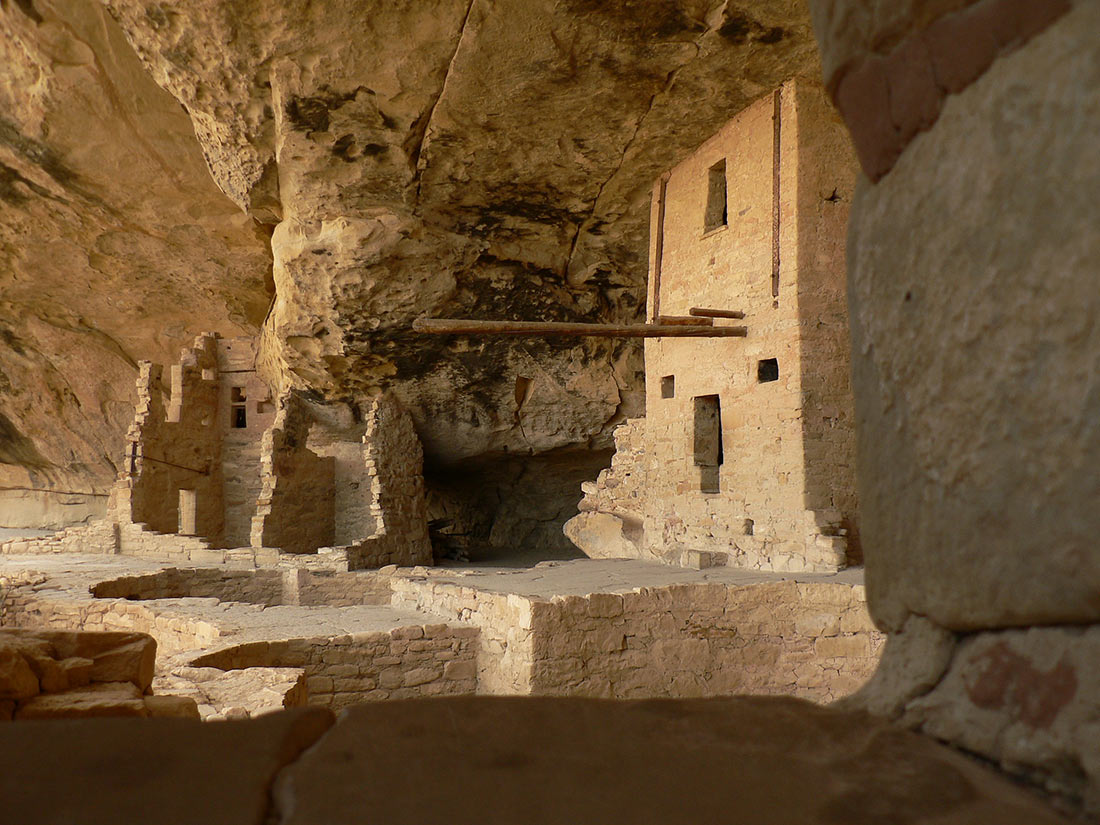
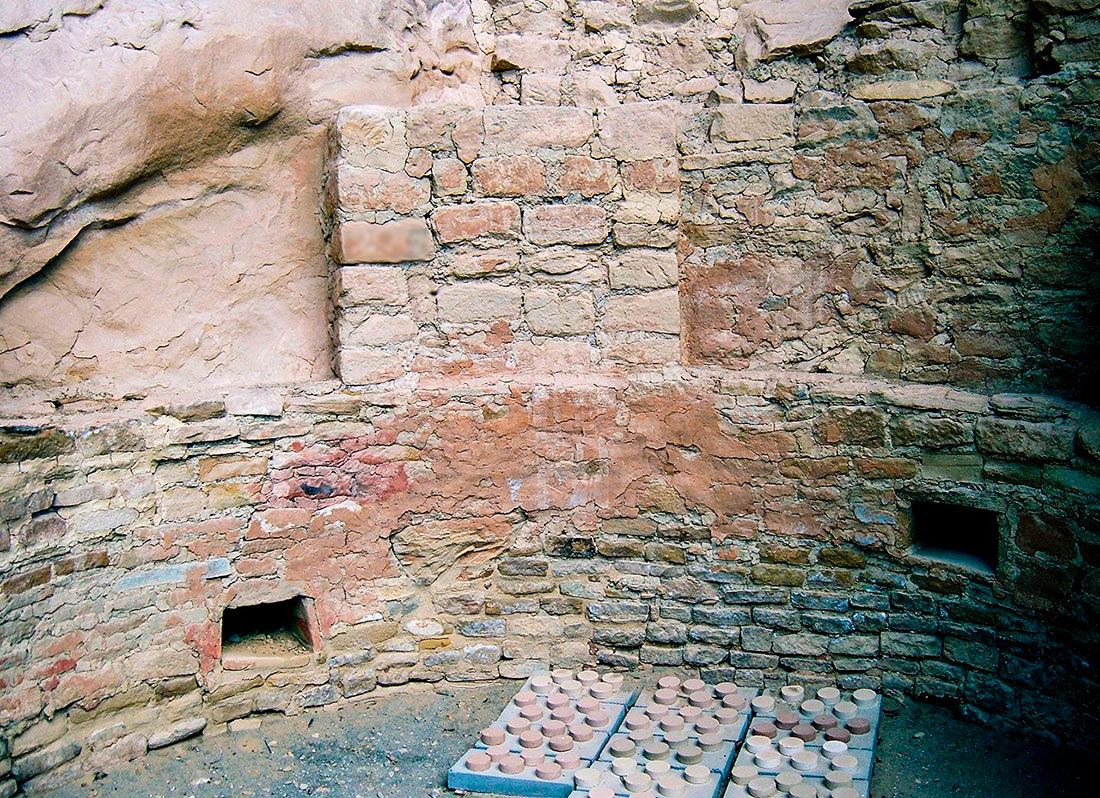
A severe drought lasting from 1130 to 1180 AD led to a rapid decline in population in many parts of the San Juan River basin, especially in the Chaco Canyon. People increasingly migrated to Mesa Verde, leading to a significant population growth in the area and the emergence of much larger settlements with populations ranging from six to eight hundred people. This limited the mobility of the Mesa Verde inhabitants, who used to move their residences depending on where they grew their food. With a growing population, they had to invest more and more effort into agriculture. The population growth also resulted in massive deforestation, reducing the habitat for many wild plants and animals on which the Mesa Verde residents relied. This further exacerbated their dependence on domesticated crops, which were susceptible to drought.
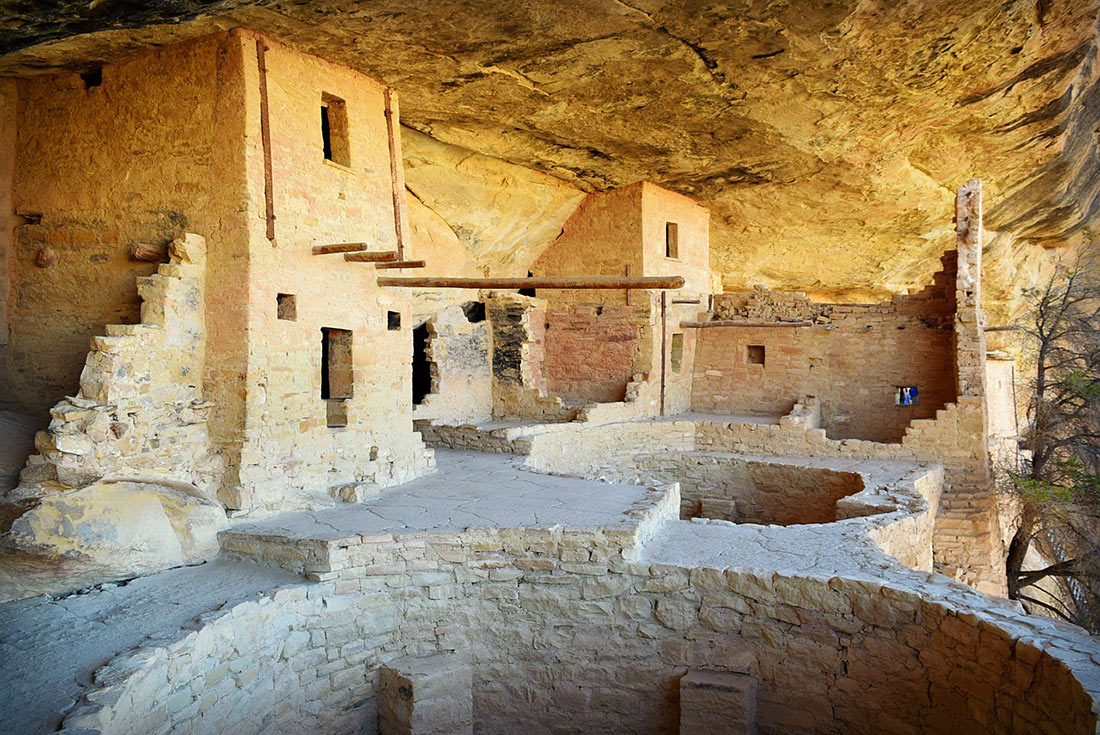
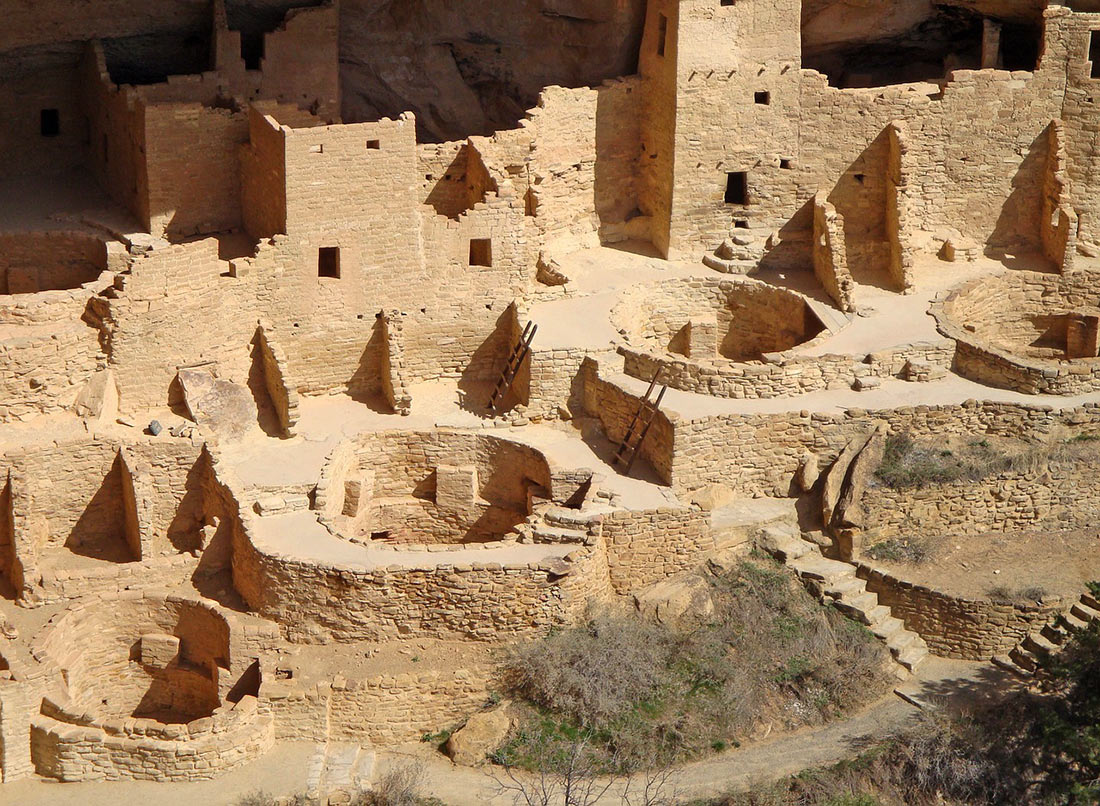
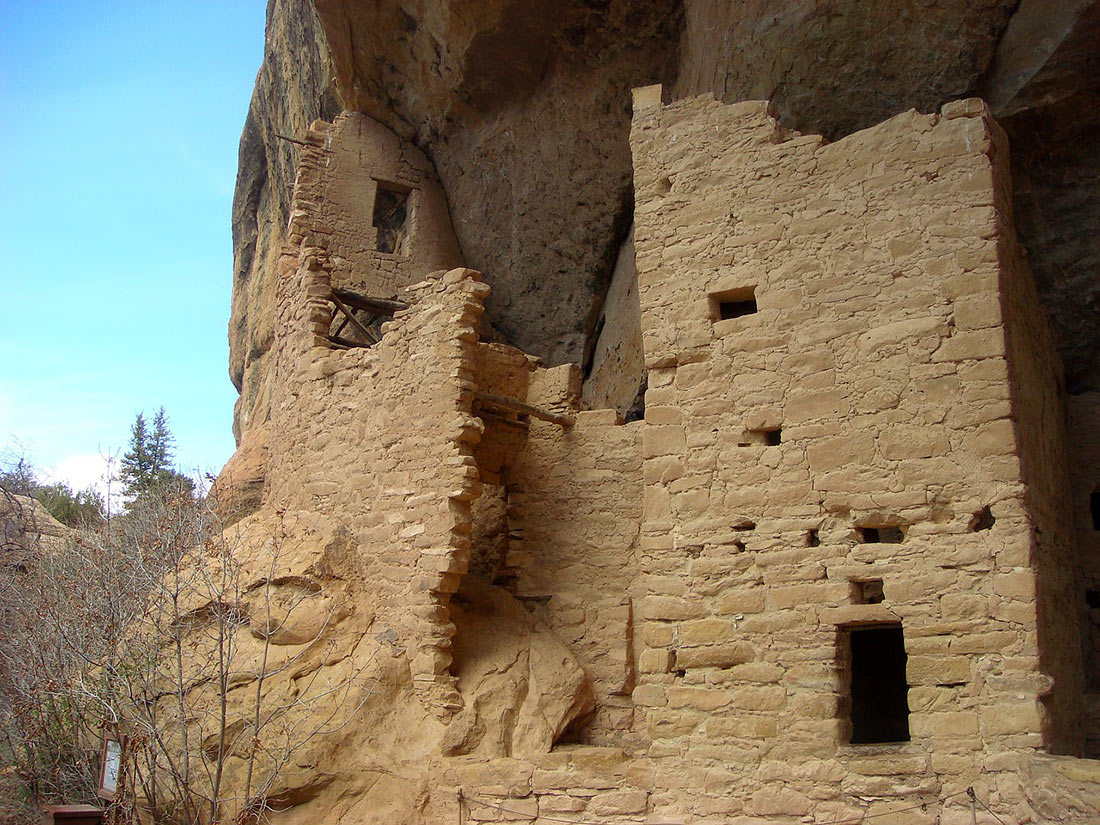
By 1285 AD, after a period of social and ecological instability caused by a series of severe and prolonged droughts, people abandoned the area and moved south to regions in Arizona and New Mexico, including the Rio Chama, Pajarito Plateau, and Santa Fe.
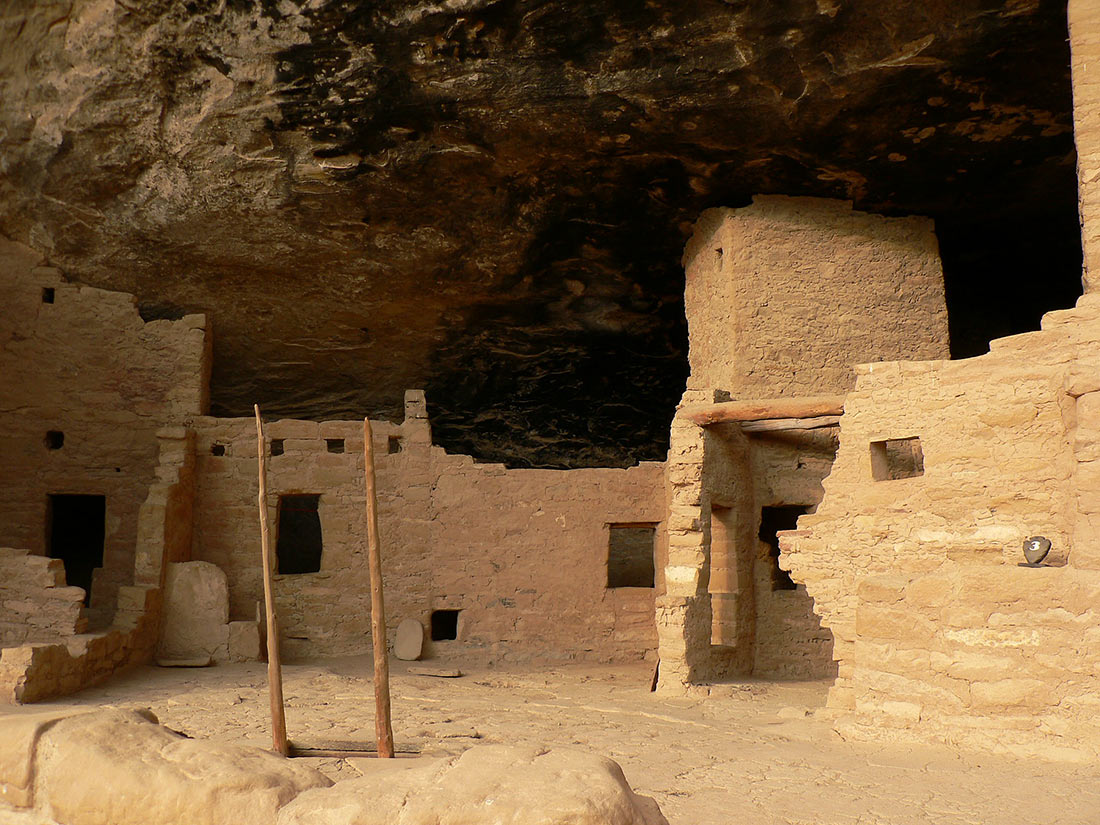
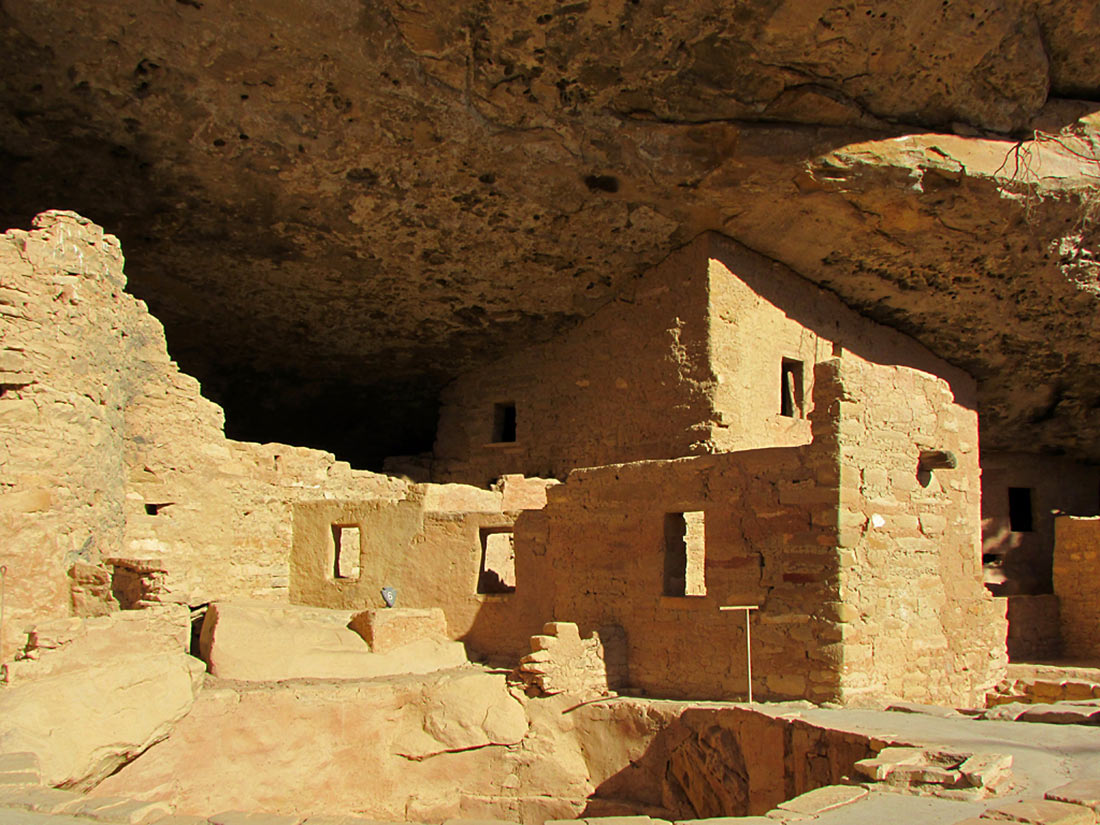
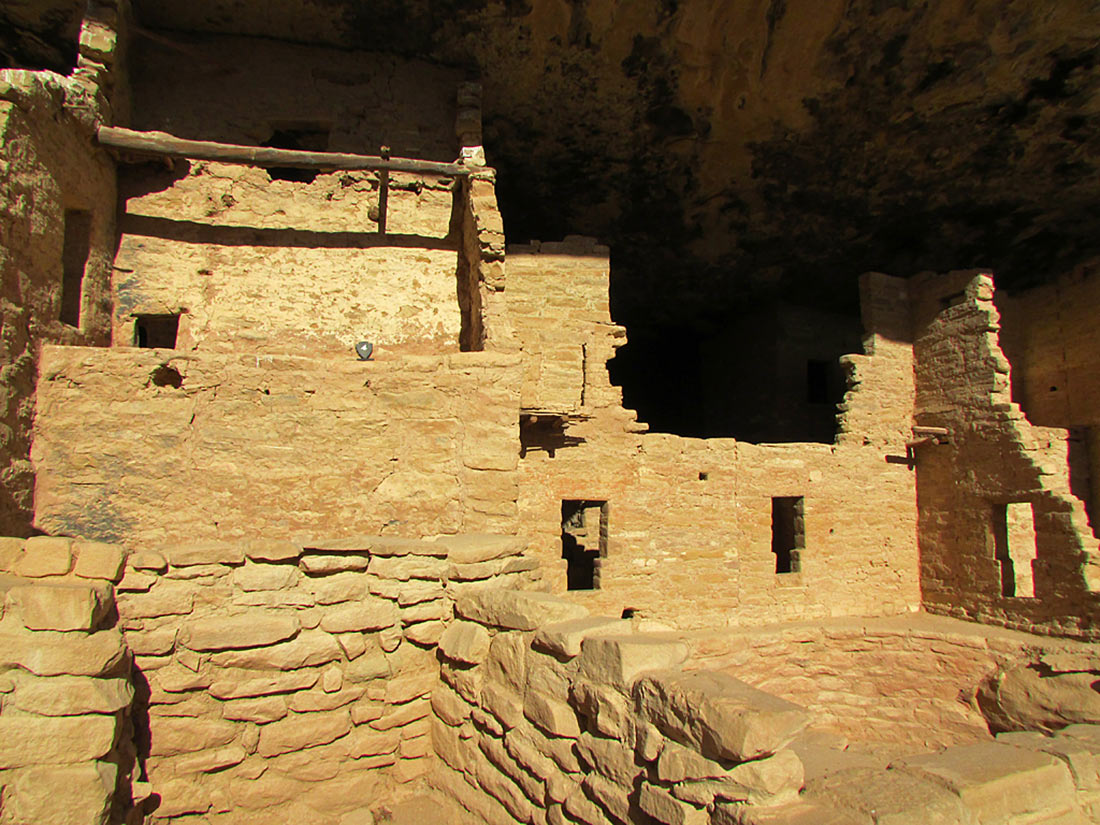
Today, Mesa Verde National Park provides a unique opportunity to see ancient dwellings firsthand and immerse oneself in the atmosphere of primitive life. For hiking enthusiasts, the park offers well-established trails that allow visitors to fully appreciate the beauty of the area.
